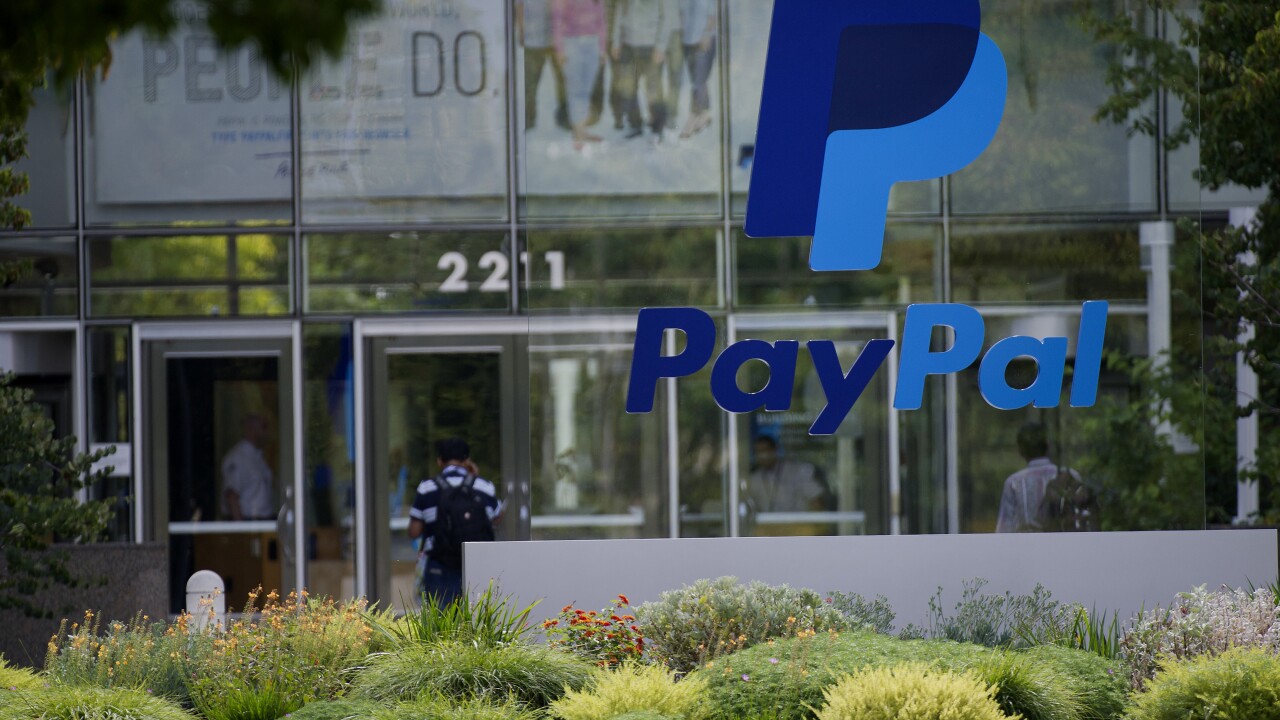
Between the push for breakups of the largest institutions and the still-standing 10 percent deposit cap, "too big to fail" has meant "too big to buy" since the financial crisis, with the biggest banks abstaining from making substantial acquisitions. But even several steps down from the multitrillion-dollar-asset class, shopping sprees have been rare occurrences.
Conventional deals involving buyers with $10 billion to $100 billion of assets have rebounded since 2008, but remain well below the yearly totals seen from 1999 through 2007. (As used here, "conventional deals" encompass buyouts of whole institutions and exclude deals for branches and failed banks.) But the number of deal announcements in 2012 by buyers with less than $2 billion of assets were in range of pre-crisis levels.
A few large buyers, like M&T, have been active, though. The Northeastern regional added about $10 billion of assets with its acquisition of Wilmington Trust in 2011, and it will boost assets by about half, to $125 billion, with its announced takeover of Hudson City Bancorp.
Capital One Financial transformed itself with purchases of ING Group's U.S. online banking business and a $30 billion HSBC credit card portfolio last year, also increasing its size by about half, to $300 billion. Securing approval for those deals was arduous, however, and taken as a signal that regulators have raised high hurdles for large acquirers, where additional bulk could magnify systemic risks. Moreover, Capital One's performance after the mergers has underwhelmed investors, and a deal it struck in February to sell a $7 billion chunk of the card loans it bought was widely interpreted as a retreat.
Indeed, large deals have always been lumpy, with blockbuster announcements able to suddenly end lengthy dry spells. In 2008, deals for Wachovia, Countrywide, National City and Sovereign in the heat of the crisis accounted for 90 percent of the total $1.4 trillion of assets at banks that agreed to sell. (The number of deals conducted by the largest banks was higher, though, in 2007.)
In 2012, buyers with more than $10 billion of assets were relatively inactive buyers of banks with less than $2 billion of assets. Such deals may not move the dial much for the biggest banks, but for most of the last decade they were a staple for banks with $10 billion to $100 billion of assets.
For now, that has left it up to smaller banks to pair off and lead a merger revival.
And pair off they have, particularly in the Midwest, where according to Dealogic there were 80 whole bank or branch deals last year. (Turn the page for a map of deal activity by region, along with our semiannual ranking of merger advisors in each area of the country.)
RBC was the lead adviser in the Midwest, having represented the acquirers in the two largest deals to come together last year in the region: First Merit's purchase of Citizens Republic Bancorp in Michigan and Old National Bancorp's purchase of Indiana Community Bancorp. Those deals were valued at $952 million and $79 million respectively when they were announced. Purchase prices dipped significantly after that. Smaller deals in the region included Frandsen Financial's $11.2 million purchase of Clinton State Bank in Minnesota and PSB Holdings' $5.5 million purchase of Marathon State Bank in Wisconsin.





